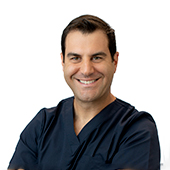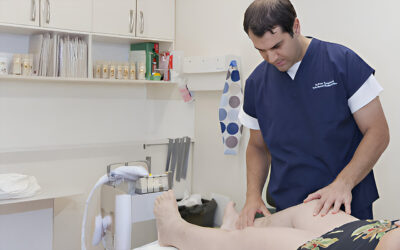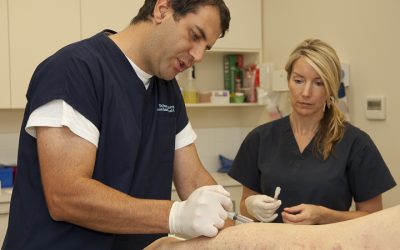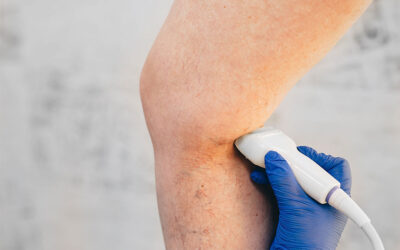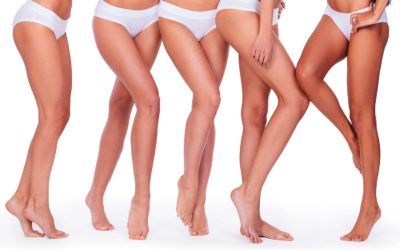Many patients who call us at Vein Health Medical are unsure as to whether they have varicose veins or spider veins. To add to the confusion, patients will often have both spider veins and varicose veins at the same time.
How can you tell the difference between the two?
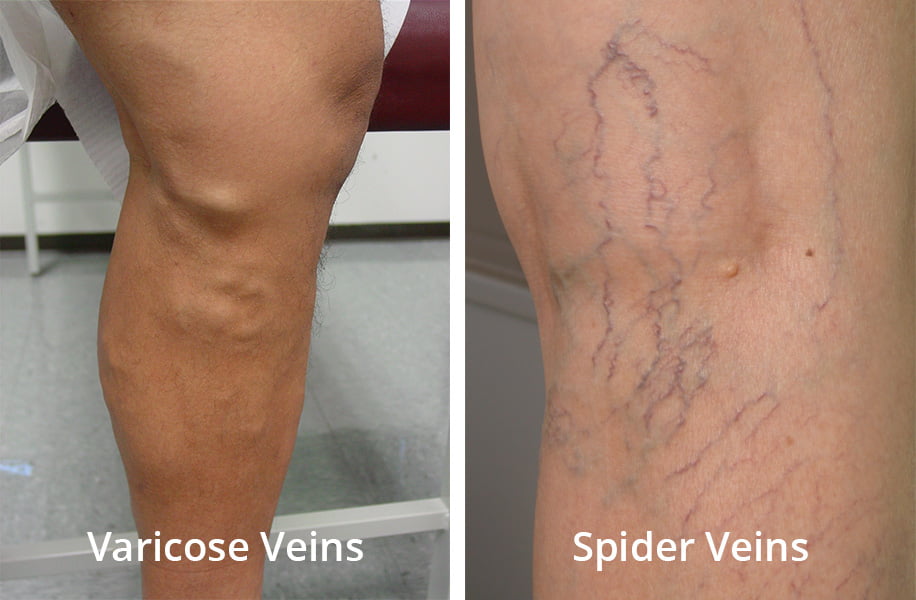
- Varicose veins are large, bulky veins that protrude from under the skin. They can be tortuous and ropy.
- Telangiectasia (aka Spider veins) are tiny capillaries right on the surface of the skin. They usually form distinct networks or “webs” (hence the name “Spider Veins”) and can be either bluish/purple or red in colour.
So what do Varicose Veins and Spider Veins have in common?
- They are both unsightly and are of cosmetic concern for most patients
- They can both cause symptoms of heaviness, aching, and tiredness
- They can both be treated with the latest technological advancements in Venous Disease, in particular, Direct Vision Sclerotherapy or Ultrasound Guided Sclerotherapy.
At Vein Health Medical & Cosmetic, we approach patients with varicose veins and spider veins in the same manner. All patients will have a thorough examination and detailed assessment with a Duplex Ultrasound Machine to determine the extent of the venous disease. One should never assume that spider veins are limited to the surface of the skin and not part of a larger medical concern. Spider veins of the ankles, for example, will often be a strong indicator of severe underlying venous disease. It is troubling to see patient after patient receive treatment of their veins at other centres without the treating doctor assessing the legs with a scan. This is not only counter-productive and costly but also dangerous.
The Golden Rule of Phlebology is to always have your legs properly assessed before any vein treatment; ‘Scan first, treat later’.


